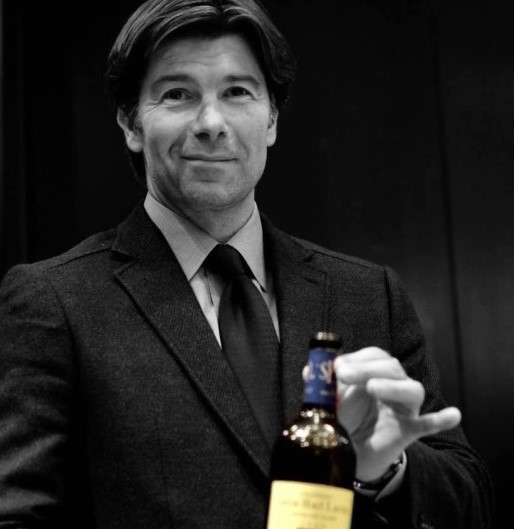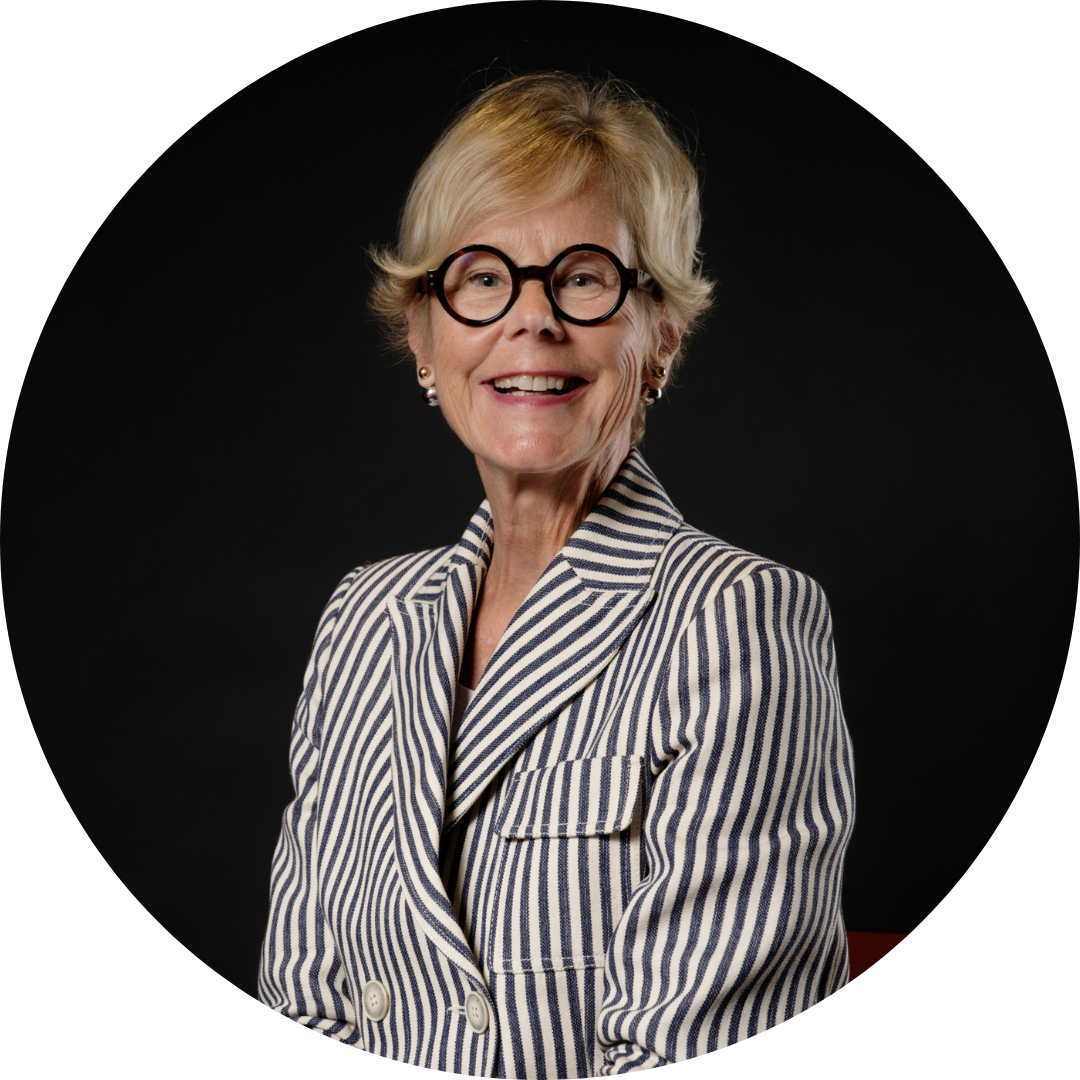Ludovic Fradin
Executive Vice-President
Château Smith Haut Lafitte
Grand Cru Classé Graves
Ludovic Fradin began his career as a négociant before working for the dynamic Florence and Daniel Cathiard as Sales Manager in October 2014. Today, he is Deputy Managing Director but still travels extensively to represent and promote the wines of Smith Haut Lafitte and Cathiard Vineyard.
Presentation
Gerda: What are the main challenges you face in your job?
Ludovic Fradin: The challenges are primarily commercial. The main one is the lack of transparency in distribution. Even though we have analysis tools and statistics that we ask negociant to use in order to monitor our wines, some of them are still reluctant to share information with us. We don’t ask them for precise details – just an overview of the number of cases by country and by type of distribution. This is essential to get a clear picture of how our wines are distributed. The second challenge is to continue to set the estate apart from our competitors, both through our production methods and the image of the estate. We are certified organic, and we offer a complete wine experience. With the Tourbier Cathiard family hotel and restaurants and our reception on the estate, we are open seven days a week and we provide visitors with a total immersion in the world of Smith Haut Lafitte. This is a daily challenge, because each visitor must have a unique and enjoyable experience. . Our aim is to ensure that visitors enjoy a high-quality experience, complete with premium services, allowing them to fully appreciate all aspects of the estate. We are proud that Château Smith Haut Lafitte was recently ranked as France’s leading still wine and 7th among the 50 best vineyards in the world in the ‘World’s Best Vineyards 2024’ competition.
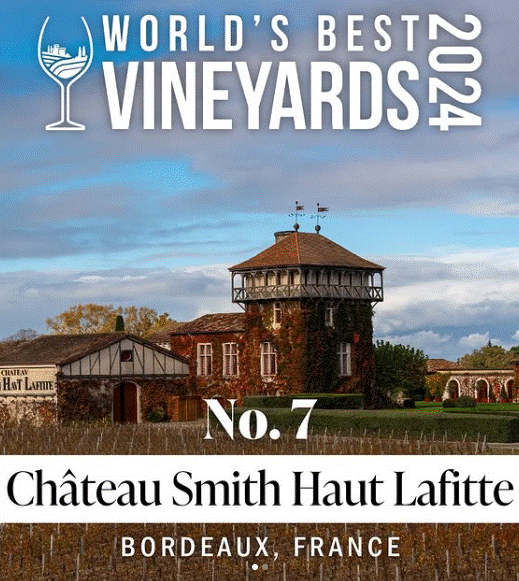
G: What percentage do you sell in the château’ shop ?
LF: Only 5%, which includes sales from the boutique and our restaurants. We don’t have any affiliated negociant or any family members in the wine trade. So 95% of our sales go through the Place de Bordeaux. On the other hand, welcoming guests on-site is an important activity for us, and we charge for the visits and dinners we organise.
G: Does this activity also contribute a great deal to the image of the Smith Haut Lafitte brand?
LF: Yes, it’s essential. We welcome around 20,000 visitors a year, including private evenings at the estate. Around 4,000 people are seen in person.
G: During your many trips, do the people you meet talk about Caudalie?
LF: I travel between 80 and 100 days a year. Yes, in Europe, Caudalie is often mentioned during tastings with negociant or distributors, and this is also the case in the United States, a little less so in Asia. I sense the effects of our work when I am in the field. The conversion rate is also a challenge: visitors have a good time here, but don’t buy much in the shop, often because of transport constraints. The question is to know to what extent these visitors will buy a bottle of Smith Haut Lafitte at home, via a distributor or a shop. This conversion has not yet been fully achieved, and we need to work on this. Another challenge is the availability of our wines. Our wines are often out of stock in shops, because they sell quickly, which is positive. But it’s also a problem: some distributors are reluctant to recommend our wines for various reasons. So my biggest challenge is to ensure that our wines remain visible and present in the distribution chain.
G: Do you have a CRM (Customer Relationship Management)?
LF: Yes, and we communicate on our website where our wines are distributed. This is very different from our situation in the Napa Valley (Cathiard Vineyards), where part of our sales are made directly to individuals in the United States. Here in Bordeaux, we respect distribution through La Place, but we see certain limits to this model, particularly given the current difficulties in the market. We have customers who are looking for our wines, and the trend is to make direct contact with them without disrupting the work of La Place de Bordeaux.
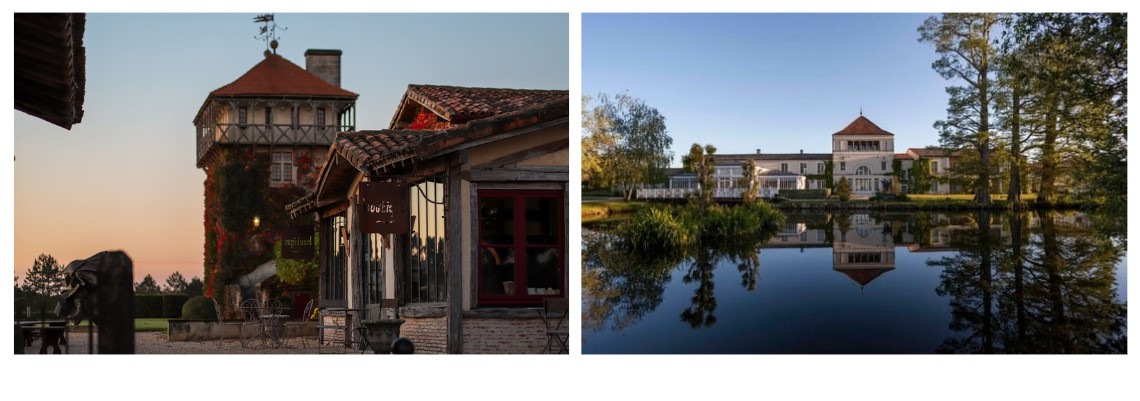 G: What are your main markets?
G: What are your main markets?
LF: We have to distinguish between the Grand Vin and wines from young vines. Europe is a very important market for Hauts de Smith and Le Petit Haut Lafitte. For the Grand Vin, Europe represents around 20 to 25% of our sales, depending on the vintage. The United States and Canada are our main markets, accounting for 33% of sales. In Asia, our main markets are Singapore, Korea, and Hong Kong, but Japan remains difficult to penetrate. In total, Asia accounts for around 20% of our sales.
G: Why are you finding it difficult to penetrate the Japanese market?
LF: When I arrived at SHL, there were two markets that posed challenges in terms of distribution: Germany and Japan. In Germany, we have achieved satisfactory distribution and there is still potential for growth. But in Japan, it’s more difficult at the moment.
G: What are your priorities in terms of sales development?
LF: Firstly, to consolidate Europe, with a particular focus on Belgium, where I haven’t yet developed our presence enough – mea culpa. Secondly, the priority is the American market, especially as we have our winery in Napa Valley. I think it would be interesting to create a synergy between our two estates, which would enable us to distribute SHL wines with the help of the négociant in states where we don’t yet have a presence, such as Kansas, and thus have a wider distribution. SHL can also help Cathiard Vineyards to better understand distribution outside the United States.
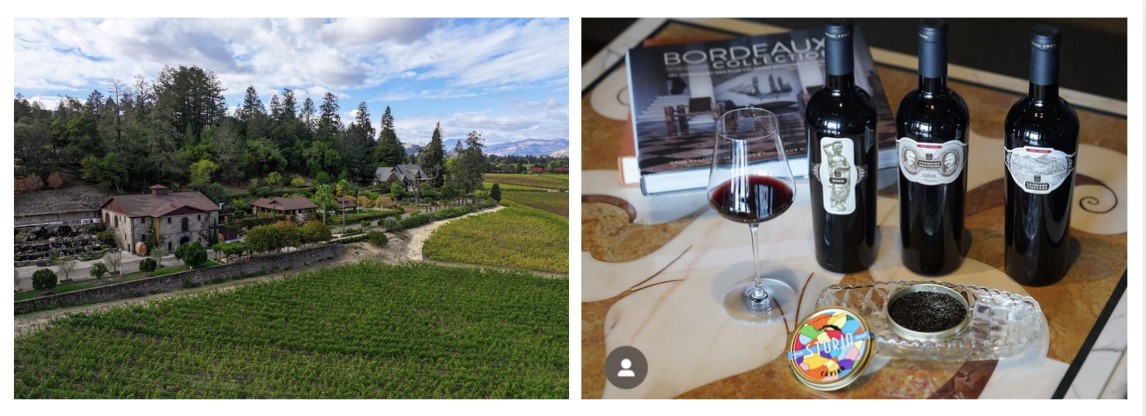
We are already present in 92 countries. The Place de Bordeaux is an excellent network, with its reach and the diversity of approaches from the negociant. However, we aim to establish strongholds in key areas, collaborating with select negociant to build more substantial partnerships. For example, I’m currently establishing agreements with negociant who distribute both our young vines and the Grand Vin in different countries. This gives us a key distributor who can showcase our entire range, and to whom we can redirect customers visiting the estate and the family’s hotels, spas, and restaurants. This distributor has no exclusivity, but he becomes an ambassador for our brand in his country, with whom we organize at least one event a year. This doesn’t prevent me from visiting other distributors in the country, but I know that with this partner, we have an assured presence, with several vintages of our Grand Vin and our wines from young vines. The idea is to keep the Bordeaux market open while developing more targeted and precise distribution. I think the trend is towards less dispersion and more precision. That’s why the sales statistics provided by the negociant are essential: they give us a clearer vision and enable us to reach customers who are more in tune with SHL’s image. Receiving these customers at the estate is also an objective to better target our market.
Distribution Today & Tomorrow
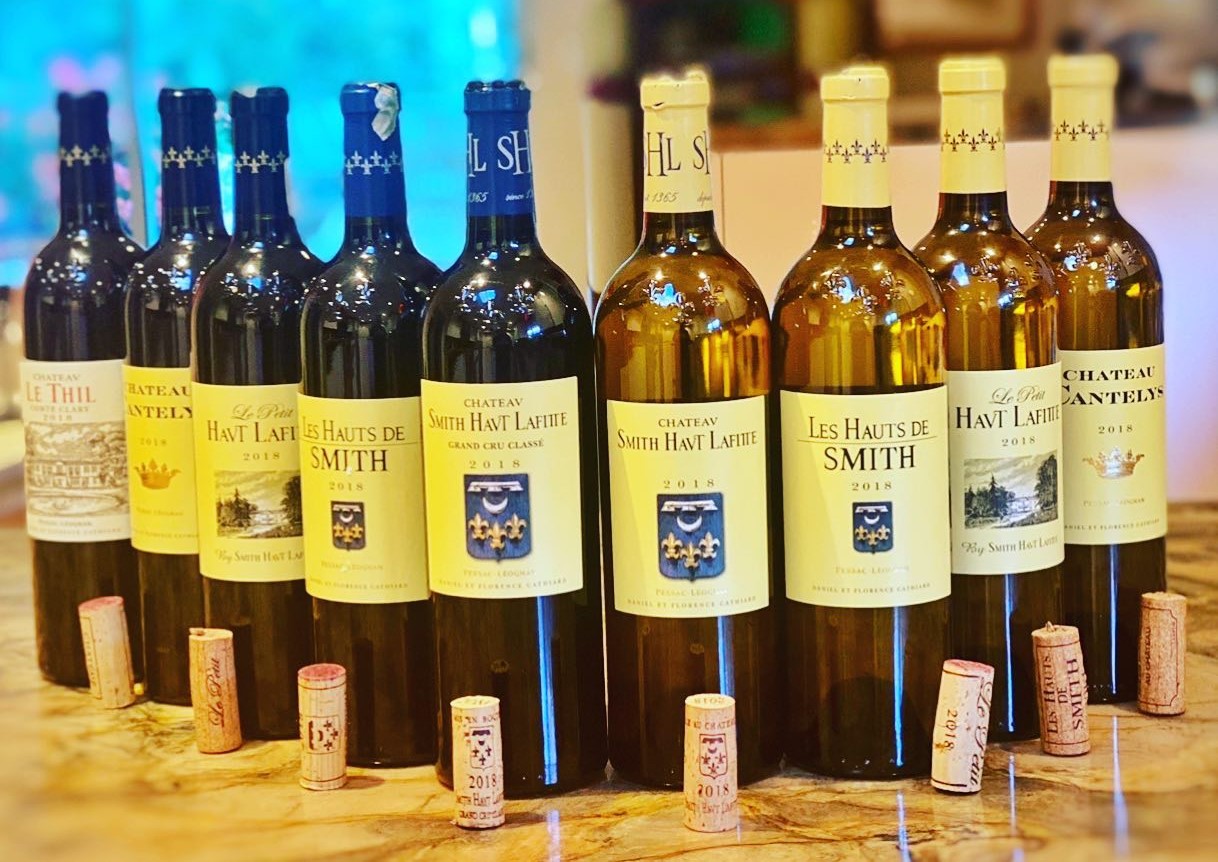
G: How do you assess the current market situation?
LF: The situation is regrettable, but it was to be expected. We had a very favorable period for the distribution of Bordeaux wines, with dynamic Primeur campaigns and a very fluid market for deliveries. Today, China is missing in action for Bordeaux, because it has turned in on itself completely since the Covid crisis. It has stopped all imports in favor of domestic consumption. I’ve experienced this opening and closing of the chinese market several times in my career. The first time was in 1998, in a few provinces and in Taiwan, and the second was in 2008 during the financial crisis. Perhaps things will ease up, with Xi Jinping’s announcement in October of an economic recovery program and the easing of visa restrictions for Chinese citizens. A second problem is the rise in interest rates. In the past, banks financed all activities at extremely low credit rates, which meant that stocks could be bought at lower costs. Today, we’re back to a more normal situation, and the wine trade is no longer taking positions as it used to, particularly for non-classified growths. We can see that there is an interest in buying certain brands en primeur, as these purchases require specific financing and there is a demand for these wines. However, for other wines, particularly ‘intermediate’ wines, the interest of the trade has diminished, and these wines are no longer as attractive to finance. This doesn’t mean that the primeur market has disappeared, but the cards have been reshuffled. It’s important for all the estates to announce an en primeur price and to maintain this logic, with a reasonable gap between the en primeur price and the delivery price, so that interest in en primeur doesn’t completely disappear. Some estates, which used to sell 80% of their crop en primeur, will now only sell 20% or a quarter en primeur. So there’s a paradigm shift. These estates will have to prepare to transfer part of their en primeur sales to sales of wines for delivery. This transition will be complicated, because there will be a lack of financing, but there is hope on the horizon. There are markets that are only looking for ready-to-drink wines. Many estates have exhausted their stocks of older wines, and even here, there is almost nothing left of vintages prior to 2015. All this will also transform the wine trade, which will become less focused on speculation and more on distribution. The speculative market is now weakened. This is a problem for Bordeaux, because many wines have benefited from this situation.
G: Smith Haut Lafitte too?
LF: Yes, I include us in that observation. Today’s consumers are looking for wines that are ready to drink, and they no longer wish to buy en primeur for a number of reasons: lack of storage space, loss of confidence in the system, or campaigns that come too late, when consumers are thinking more about their holidays than buying wine. They want to consume immediately.
G: Does this mean that you’re going to change your policy on en primeur sales, and what percentage of your harvest do you sell en primeur?
LF: We currently sell 85% of our harvest en primeur, which I think is healthy, because we keep around 15% in stock. Our policy won’t change; we’ll continue to market around 85% of our crop as futures. However, we are facing a problem: since our conversion to organic farming, our volumes have fallen by 30%, while our production costs have risen by 30%. This creates two challenges: volume and distribution. It’s easy to say that we’re going to cut back on marketing during the primeur season, but we also need to maintain a presence on the market. The problem is that our wines are often out of stock, and distributors don’t ‘buy back’ enough. So that’s where the challenge lies. I’m a Keynesian in my approach: it’s the market, and therefore the end consumer, that dictates the direction, not the negociant or the distributor. That’s why we make it a point of honor to work directly on this link with the consumer, by offering them a service that allows them to receive the wine directly at home and create an emotional connection with the estate.
G: You’ve been traveling a lot for years. How do you see the consumer profile of our wines today?
LF: It all depends on the areas and organizations I meet. For example, the Commanderie du Bontemps attracts young people in some countries, but in others it’s older members. In general, the people I meet are professionals in their 50s, such as lawyers, doctors, industrialists or people from the tech industry, sometimes even artists or top sportsmen and women. They love wine and are looking for a form of culture around consumption. They want a story, an experience. I’m also in contact with younger or less affluent consumers, who are more interested in our young vines or Château du Thil. There’s a real distinction between these two profiles. Lovers of great wines are not generally interested in the latter. There is still an interest in Bordeaux, including among generation Z. For example, the Crus Classés de Graves recently organized an evening in Paris for young restaurant professionals. The room was so full that they couldn’t even serve all the wines, as there was a huge crowd. We often hear that young people are losing interest in wine and that consumption is falling, but at the same time our distributors tell me that, although it wasn’t an exceptional year, sales are still very respectable. At my dinners, I always see people drinking wine. There’s a double discourse: on the one hand, there’s talk of a drop in consumption, but on the other, we see that it’s still there. People are drinking less but better, with a temporary preference for whites. We need to be ready, because when the market returns to a more normal phase, demand could be very strong. This year is special because of the major elections and the ongoing wars, which are putting a bit of a brake on things. But there are signs of recovery. Wine consumption is not going to disappear. In the United States, Bordeaux wines offer excellent value for money compared with local wines. European wines, and Bordeaux in particular, have enormous potential for growth. In the United States, there’s even a renewed interest in Bordeaux wines, and it’s a very large market. However, we also need to work on improving the presence of our wines in the restaurant trade. French cuisine needs to become more democratic to encourage consumption of our wines.

G: Are you happy with your 2023 campaign?
LF: The campaign took longer this year. Usually, we close the campaign in a week, but this time it took longer. We sold 95% of the volume of the first red wine we released, and 100% of our whites. So, everything went well overall. However, production was lower. It was different from previous years because we had few requests for supplements. In previous years, things were much more reactive.
Harvest 2024
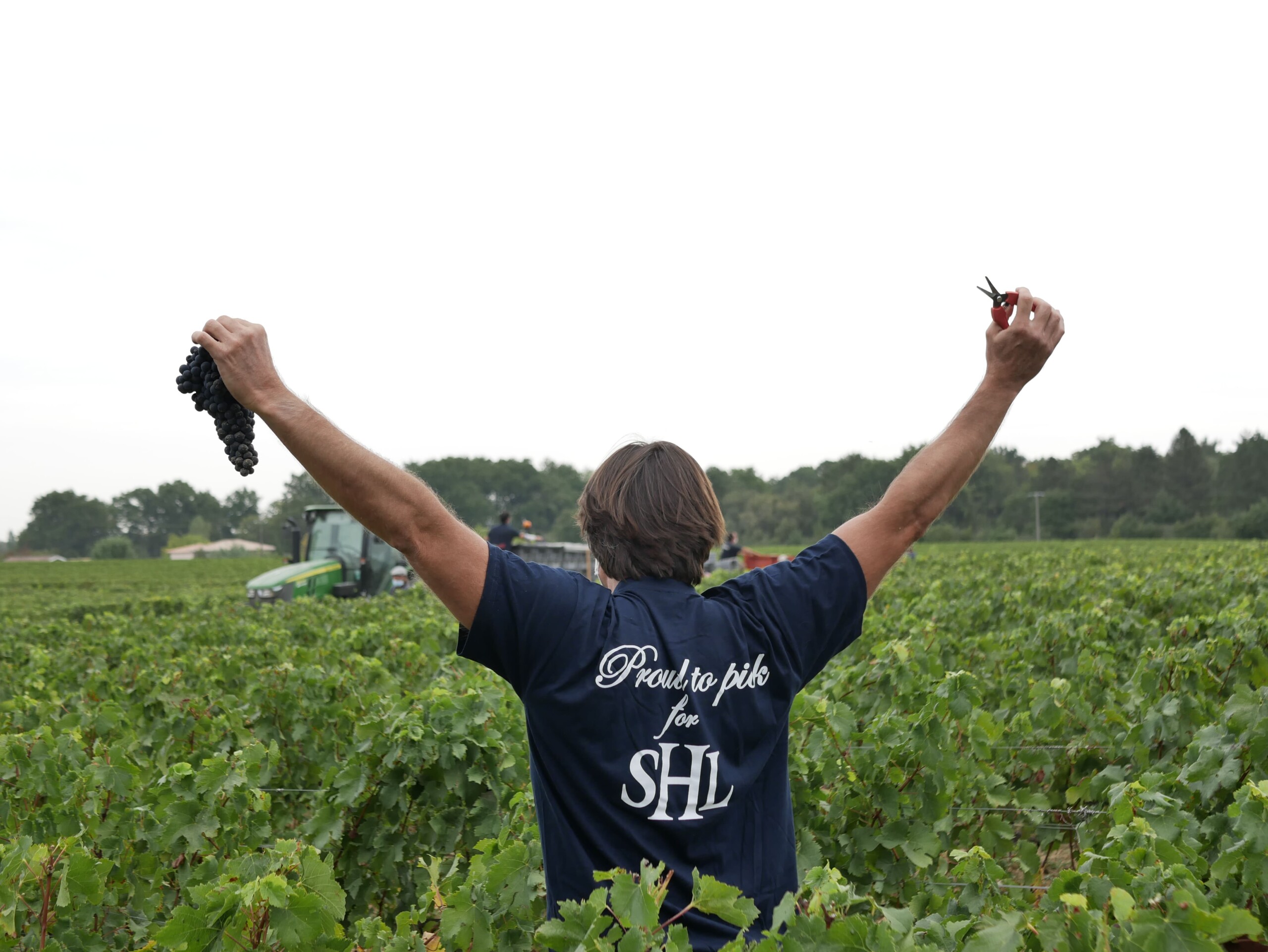
G: Could you say a few words about the harvest?
LF: Overall, it was a surprising harvest, marked by both the terroir and the the winemaker’s work. We did a lot of sorting to preserve the quality of the wines we want to produce. We haven’t finished bottling yet, but we think we’ll have a similar yield to last year, although unfortunately we have less white. In 2023, we had a good quantity of white. I’m afraid that for 2024, we’ll be below 30 hl/ha for both colours. This year, the vintage will be more Cabernet Sauvignon-oriented, as in 2023. This variety is less susceptible to disease, particularly mildew. I’ve just tasted our 2024 reds and I was really ‘surprised in a good way’, as our Swiss friends say. The whites have aromas of white fruit, such as pear, but also almond and star anise, which are much more pronounced than in previous years. The focus is on dynamism on the palate and aromatic complexity.
G: Have you maintained your organic certification this year?
LF: Florence and Daniel are very committed to this issue and want to keep it. It wasn’t an easy vintage, so the vineyard manager is happy to see the harvest over. It’s been a real struggle. In any case, organic certification is based on a real conviction within the team. We also practise biodynamic viticulture, without certification, on 50% of the vineyard, which corresponds to the production of the Grand Vin. The entire vineyard is certified organic, and we can see that the vines are becoming increasingly resistant.
Last Words
G: Is it fascinating to work with Florence and Daniel Cathiard, who are great French entrepreneurs?
LF: Yes, absolutely. They have a lot of ideas and are very dynamic. I love this Château, and I think I represent it better now after 11 years, even though I still consider myself to be the ‘musketeer’ here. Florence and Daniel have created a very dynamic and dedicated team. Many of the employees have been here for a long time, whether it’s in the tourism department, as head of culture, in the office, or Fabien Teitgen (see Inside: My daily challenge is to always go into the details ), who has been here for 30 years. I have a lot of confidence in them, they are very professional, and the environment is exceptional. The whole family is very involved in the management of the estate, and Florence and Daniel’s children and their husbands are enjoying an exceptional success story. There are four hotels in France, and two more are planned for next year—one in Burgundy and the other in Alsace. The cosmetics side of Caudalie is growing rapidly, and there’s a real dynamism. It’s a family that invests, works hard, and is at the helm. For Florence and Daniel, the wine estates are a true passion. The strength of their management lies in the fact that there are no complicated layers to decision-making. Decisions are direct and cross-functional. Everything is clear, and decisions are made within the day. When they have a project, they put in all the necessary resources and commit themselves 100%. I’ve also seen this at Cathiard Vineyard: who would have thought they’d embark on a major project like this? What’s more, the estate isn’t just around the corner, like in Burgundy or Italy. It’s 9,000 km away, a nine-hour flight. But they’re giving it their all, and hats off to them for that! They have this entrepreneurial DNA, and it’s the projects that motivate them. They love taking things from the ground up and throwing themselves into projects 100%. And above all, they know how to do it and put in the necessary resources.
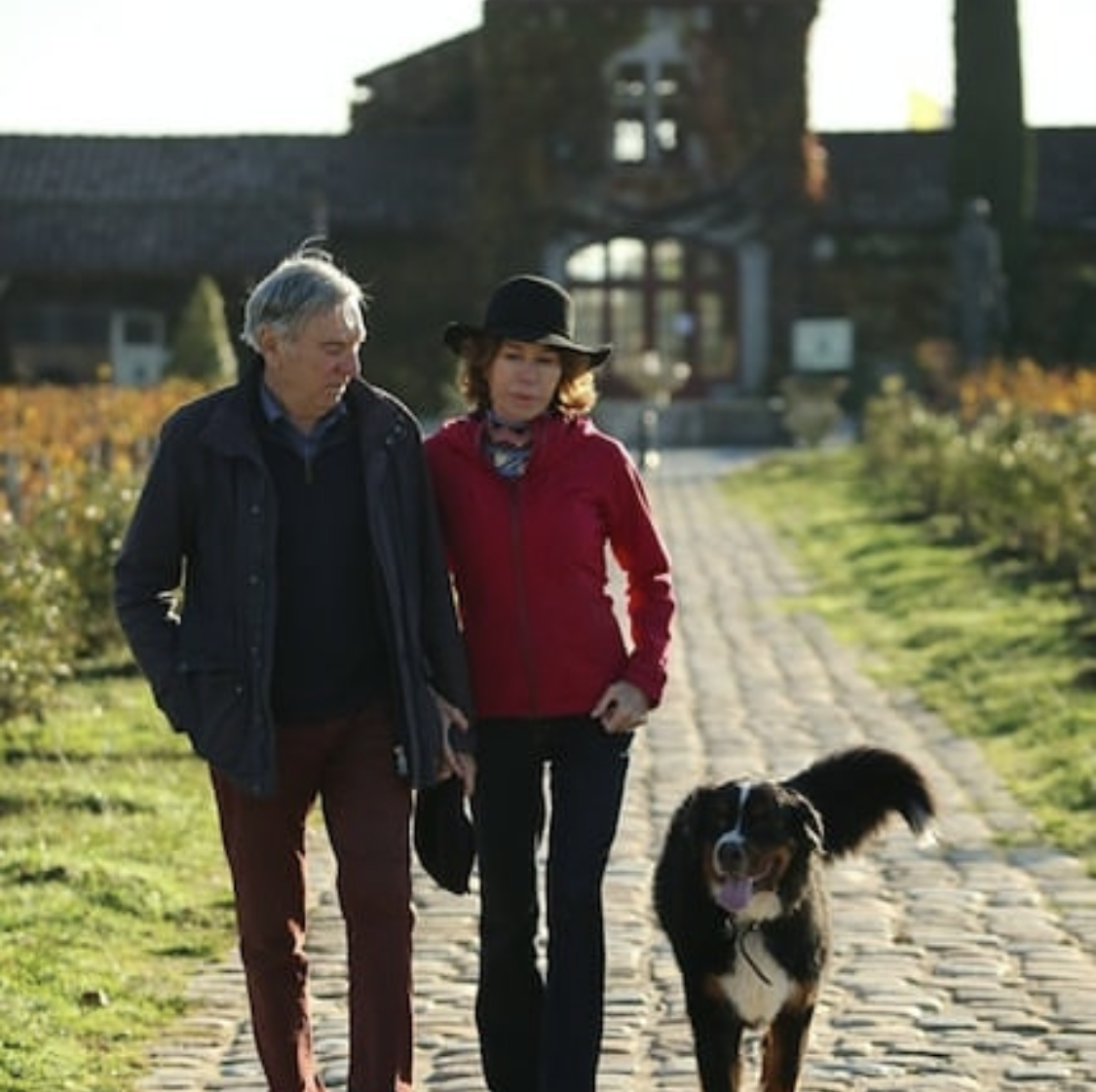 G: Florence and Daniel are creative entrepreneurs, aren’t they?
G: Florence and Daniel are creative entrepreneurs, aren’t they?
LF: Yes, absolutely, with a remarkable vision. To give you an example, I saw photos of their first Genty-Cathiard shop, and already the vegetables were perfectly arranged on the stalls. Honestly, it made you want to go into the shop and buy the produce. That was at the end of the 70s. They already had this eye for detail and this ability to make things progress. They bought SHL in 1991, and for the last 15 years, the estate has been growing strongly. Everything they did before is now paying off. The quality of the wines is improving, they’re getting good scores, and distribution is expanding. They really have this gift. That’s why it’s so motivating to work with them. Sometimes the ideas go all over the place, and you have to keep up and be ready to act, because they move fast, but it’s also a lot of fun. They are intelligent, with modern and surprising visions that push us to move things forward. For me, it’s a chance to work with them. I hope to contribute to the estate, to make a small contribution to its development. I’m 52 years old, and sometimes I wish I were younger. They also help me to temper myself. We have this balance that I really appreciate. We spend a lot of time together, often over lunch, during which we exchange a lot of ideas. It’s a great advantage that they live on the estate.
Gerda BEZIADE has an incredible passion for wine, and possesses a perfect knowledge of Bordeaux acquired within prestigious wine merchants for 25 years. Gerda joins Roland Coiffe & Associés in order to bring you, through “Inside La PLACE” more information about the estate we sell.

